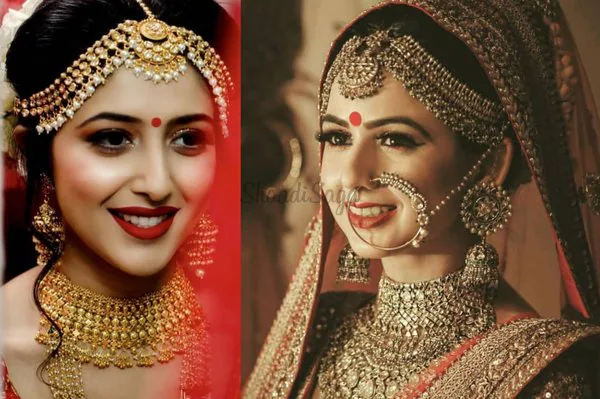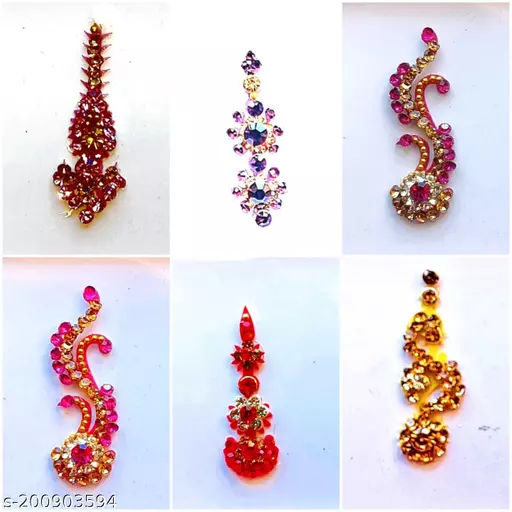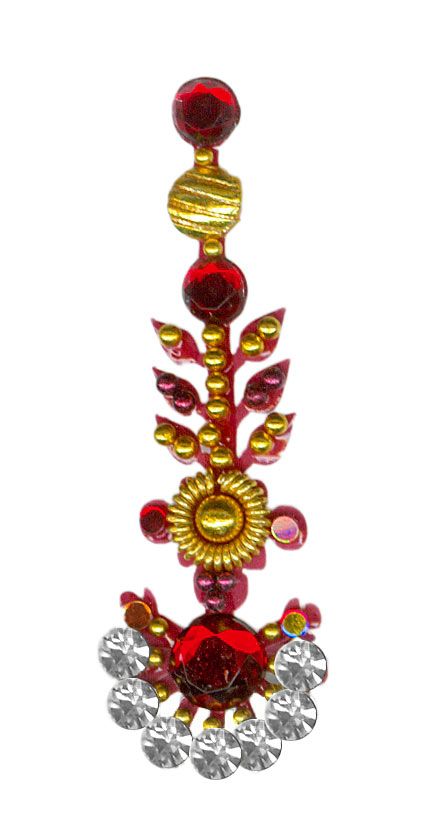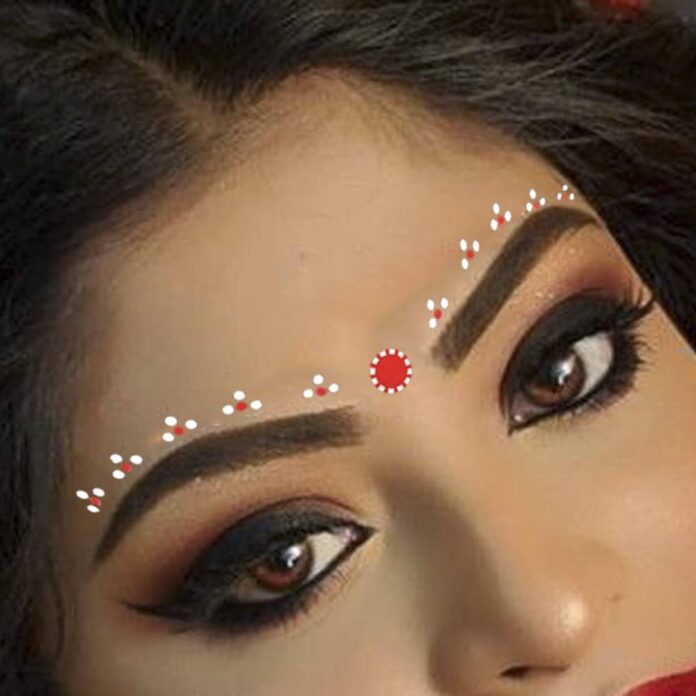Step into the enchanting world of the bindi, where spirituality meets style, tradition meets trend, and each dot on the forehead tells a story of heritage and self-expression.
The bindi, a small yet significant adornment worn on the forehead, holds a deep-rooted symbolism in Indian culture, blending spirituality, tradition, and fashion into a single elegant mark. Derived from ancient Sanskrit texts and steeped in spiritual significance, the bindi transcends its ornamental purpose to embody the essence of inner wisdom and cosmic unity.
Rooted in Hindu philosophy, the bindi is believed to represent the sixth chakra, ajna, commonly known as the third eye—the seat of concealed wisdom and intuition. Traditionally crafted from vermilion, sandalwood, or ash, the bindi is not merely a cosmetic embellishment but a conduit for energy, concentration, and spiritual insight.

Beyond its spiritual connotations, the bindi serves as a cultural emblem, signifying marital status, protection against evil, and a focal point for meditation in yoga practices. Married women don the bindi to signify their union, while unmarried women and children wear it as a shield against malevolent forces.
In contemporary times, the bindi has evolved beyond its traditional role, emerging as a symbol of style and self-expression. Young women and men alike embrace the bindi as a fashion statement, adorning their foreheads with vibrant colors and intricate designs that complement their attire and personality.
Amidst debates over its cultural significance and appropriation, the bindi remains a personal choice—a reflection of individual beliefs, preferences, and identity. Whether viewed as a sacred emblem or a fashionable accessory, the bindi continues to captivate hearts and minds, transcending boundaries of tradition and modernity.
#BindiSymbolism #IndianCulture #SpiritualAdornment #FashionAccessory #CulturalTradition #InnerWisdom #SelfExpression





